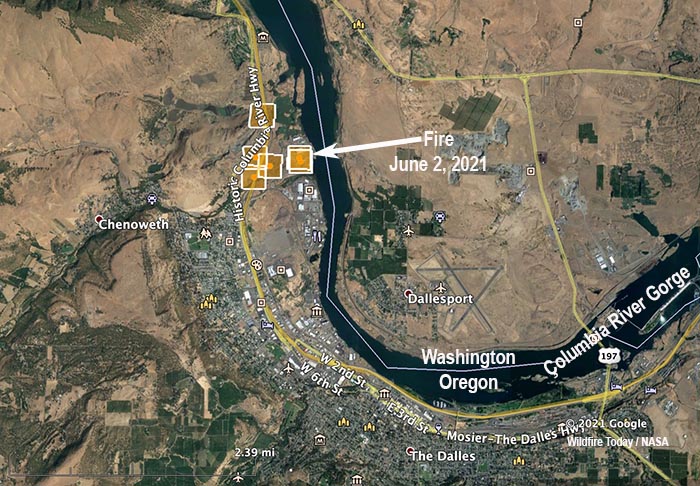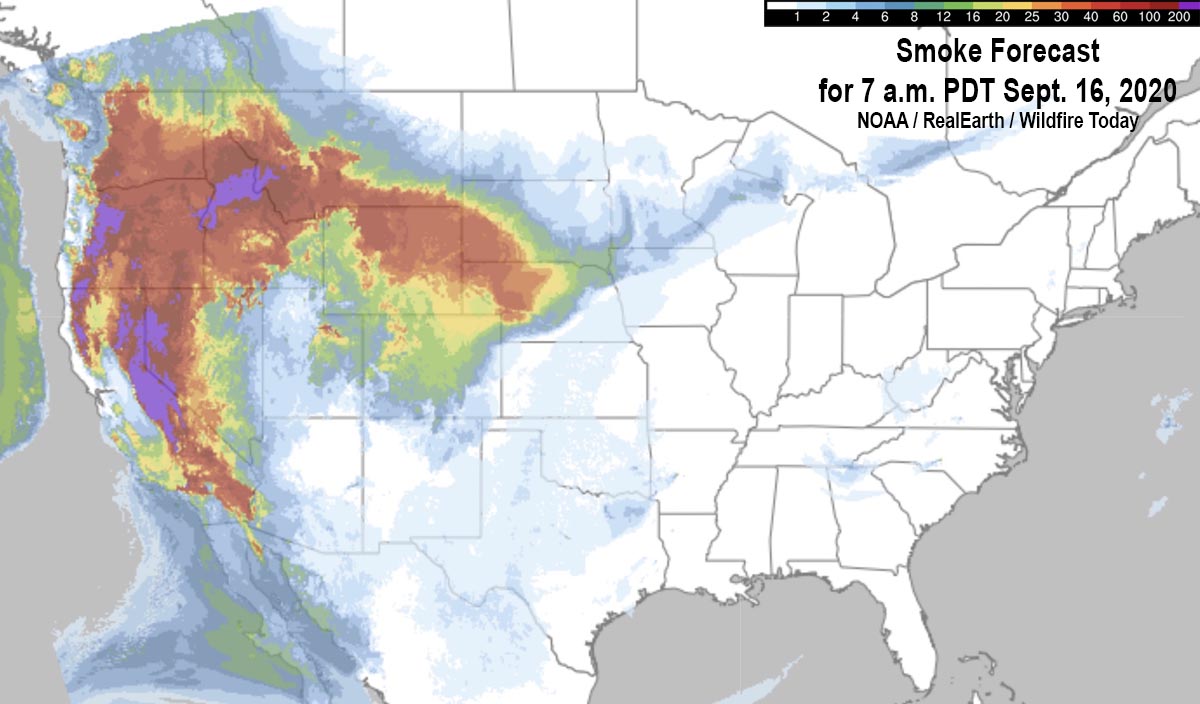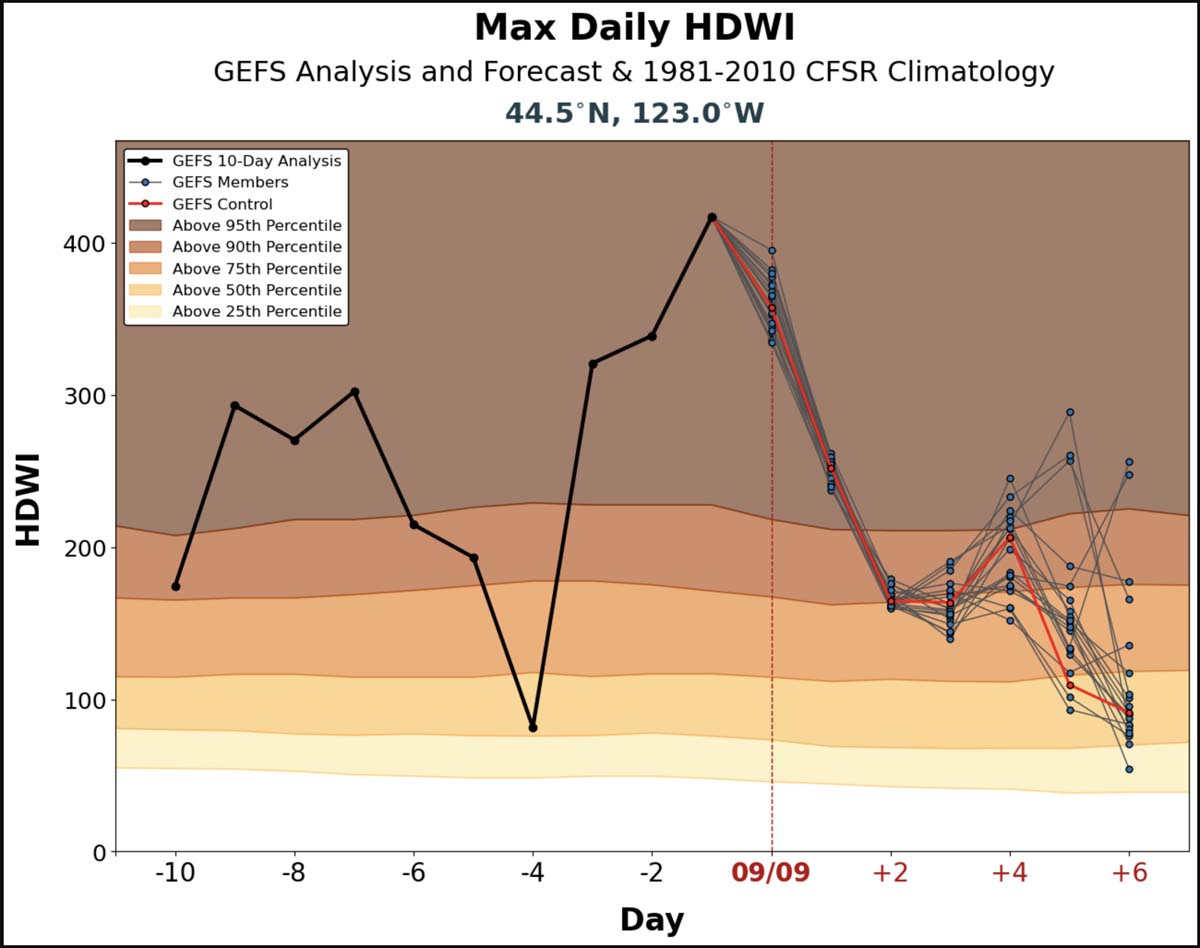
Tim Hart, the smokejumper critically injured May 24 in a hard landing while parachuting into the Eicks Fire in New Mexico has passed away. Tim had been flown via air ambulance to a hospital in El Paso, Texas where he has been treated for the last 11 days.
The U.S. Forest Service announced the fatality today in an email sent by Laurel Beth McClean, Executive Assistant to FS Chief Vicki Christiansen, on behalf of the Chief.
“I am deeply saddened to share with you that Tim Hart, a smokejumper from the West Yellowstone Smokejumper Base in Montana, passed away last night as a result of injuries he sustained when jumping on the Eiks Fire in New Mexico on May 24.
“Tim grew up in Illinois and lived with his wife in Cody, Wyoming. During his firefighting career Tim was an Engine Crew Member on the Coconino, Fremont-Winema, and Shoshone National Forests. He was a Lead Firefighter on the Ashville and Ruby Mountain (with the BLM) Hotshot Crews. He moved to Grangeville, Idaho as a Rookie Smokejumper in 2016. In 2019, he transitioned to West Yellowstone and the Custer Gallatin National Forest first as a Squad Leader and then as a Spotter. His life touched many people across the Forest Service and the wildland fire community. He will be greatly missed.
“My heart goes out to Tim’s family, friends and colleagues, and I ask all of you to keep them in your thoughts and prayers. And, please continue to look out for each other. I draw my strength, every day, from the compassion and dedication each of you exhibit in service to our nation. During times of great loss, as we and our partners have experienced over the past week, we pause to reflect on the lives we have lost and the void that can never be filled – and we hold on to, and sustain each other.”
Condolences Mailing Address:
c/o Shoshone National Forest
808 Meadow Lane Ave., Cody, WY 82414
Shoshone National Forest will ensure families receive all condolences.

We send out our sincere condolences to Mr. Hart’s family, friends, and co-workers.

















